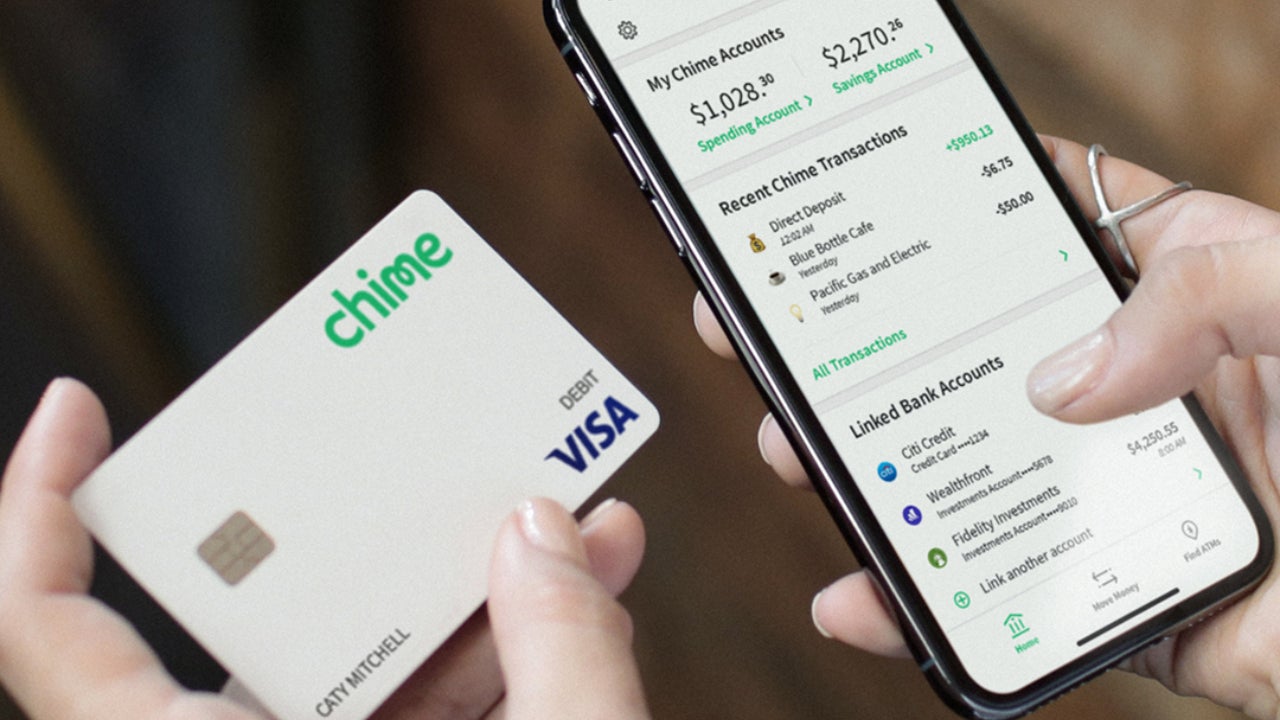The best regional banks of 2025

Most of Bankrate’s best regional banks of 2025 offer customers high yields on deposits as well as low account fees, low to reasonable minimum balance requirements and digital-banking conveniences. Many also offer convenient, user-friendly mobile apps and online banking services.
Some of the top-tier regional banks have very few branches but partner with large ATM networks, which expands customers’ accessibility to their accounts without incurring ATM surcharges.
Bankrate gathered data on the most notable regional banks in the country and scored them on a variety of factors, such as annual percentage yields (APYs), account fees, product selection, digital-banking features and more. Here are Bankrate’s picks for the best regional banks of 2025.
Best regional banks
- CFG Bank
- Cross River Bank
- The Federal Savings Bank
- Frost Bank
- Huntington National Bank
- NBKC
- PNC Bank
- Ridgewood Savings Bank
- Spring Bank
- Texas Capital Bank
CFG Bank
Overview
CFG Bank maintains only a few branches, all in Maryland, although some of its accounts can be opened online. The privately owned bank is also a member of the Allpoint ATM network, which offers more than 55,000 ATMs nationwide.
The bank offers a full range of deposit products, and its money market account and certificates of deposit (CDs) earn competitive yields. The free checking account requires no minimum balance requirement.
In 2021, CFG Bank helped launch a nonprofit organization that aids individuals who lack opportunity and are interested in pursuing a career in the health care field. The bank also contributes to community organizations that support education, recreation and poverty alleviation.
Cross River Bank
Overview
Cross River Bank, which is based in Fort Lee, New Jersey, and has only two branches, offers fee-free accounts with no minimums and rates that are above national averages. It offers checking, money market and savings accounts as well as CDs. There are no minimum balance requirements, except a reasonable $500 minimum to open a CD.
There are only a handful of Cross River ATMs, but customers also have fee-free access to around 40,000 MoneyPass network ATMs nationwide. The bank also refunds up to $6 in out-of-network ATM surcharges per month.
The Federal Savings Bank
Overview
The Federal Savings Bank has two branches in Illinois. While it specializes in mortgages, the bank also offers a full suite of deposit products and a network of about 55,000 ATMs nationwide.
There are many CD terms offered. The promotional CDs, which range from one to five years, earn highly competitive APYs. The bank offers two checking accounts: One is interest-bearing and requires a $100 minimum balance, and the other, noninterest-bearing account only requires $25 to open.
The bank also offers digital and mobile banking features, including Zelle.
Frost Bank
Overview
Established in 1868, Frost Bank offers more than 200 branches throughout the state of Texas. Its perks include a very highly rated mobile app and 24/7 customer service phone support.
Frost offers CD and money market rates that are somewhat competitive, and those with higher balance tiers are rewarded with higher yields. Three checking accounts are offered, which feature early direct deposit, more than 1,700 ATMs throughout Texas and a $100 overdraft cushion.
Frost supports the communities where it has a presence by giving time and resources to nonprofits in the fields of education, economic development, the arts, or health and human services. The bank also provides educational scholarships to Texas students.
Huntington National Bank
Overview
Huntington National Bank has more than 1,000 branches in 11 states in the Midwest, as well as Florida and Colorado. Founded in 1866, the bank offers deposit accounts, wealth management products and insurance.
Huntington’s deposit products include several savings and money market accounts, CDs in a wide range of terms, and free and interest-bearing checking accounts.
Huntington stands out for its digital tools. Its checking accounts all come with early direct deposit and Zelle. The bank’s mobile app also includes built-in budgeting tools, which can track spending and allow you to set limits for certain spending categories.
NBKC Bank
Overview
With four branches located in the Greater Kansas City area, NBKC Bank offers personal and home loans, CDs, a money market account and a checking account.
The bank’s Everything Account, a checking account, scores particularly highly. It offers access to over 90,000 ATMs, plus up to $12 a month in out-of-network ATM fee reimbursements. The account earns a highly competitive rate for a checking account on all balances, and there’s no monthly service fee.
CDs with terms of 7 months or longer earn competitive yields. The two-, three-, four- and five-year terms only require $250 to open. Seven IRA CDs are also available.
PNC Bank
Overview
PNC Bank has a fairly large regional presence, with over 2,000 branches in the Northeast, South and Midwest. Customers can schedule branch appointments in advance through the bank’s website.
The bank offers a wide range of CDs, with terms from one month to 10 years. The CDs all require $1,000 to open, and several terms are promotional, which pay above-average APYs.
PNC’s high-yield checking account earns a very competitive APY for those who live outside of the bank’s branch presence. There’s no monthly fee or minimum balance requirement.
According to PNC’s website, the bank grants over $65 million each year to charitable trusts and foundations. The bank has its own foundation, the PNC Foundation, which works with community-based nonprofits to enhance educational programs, fund arts and promote economic development.
Ridgewood Savings Bank
Overview
Ridgewood Savings Bank, based in New York City, offers customers competitive rates along with a wide variety of products and digital features. The bank offers a savings account with a competitive yield, a large ATM network and a rewards debit card.
Ridgewood supports local charities through corporate giving, bank-match employee donations and volunteer hours. The bank also offers a financial literacy program to students and senior citizens across the region.
Spring Bank
Overview
Spring Bank has only two branches, one located in the Bronx, New York, and the other located in Brooklyn, New York, but it is a member of the MoneyPass ATM network, which has around 40,000 surcharge-free ATMs nationwide, and offers fee-free access to Citibank branch ATMs. It also has a highly rated mobile app.
The U.S. Treasury has designated Spring Bank as a Community Development Financial Institution (CDFI), in recognition of the investments and loans the bank makes in low- and moderate-income communities in New York City.
The bank offers competitive yields on checking, savings and money market accounts and CDs. Opening deposit requirements are low for most accounts.
Texas Capital Bank
Overview
Texas Capital Bank maintains branches in the five largest cities in Texas, and it offers deposit products, credit cards and loans. Texas Capital Bank was named the best regional bank as part of the 2025 Bankrate Awards.
The bank’s accounts feature relatively low minimum deposit requirements, and rates on CDs are competitive. The Star Plus Checking account doesn’t charge monthly fees, and ATM cardholders have fee-free access to more than 55,000 Allpoint ATMs throughout the U.S.
The Texas Capital Bank Foundation invests time and financial resources in nonprofit organizations that support low- and moderate-income families in the markets where the bank operates.
Pros and cons of regional banks
Pros:
- Personalized service: Regional banks often provide a more personalized and customer-centric approach compared with larger institutions.
- Community involvement: Typically, regional banks are rooted in the communities they serve, meaning they will offer increased community engagement, support for local businesses and a better understanding of local economics.
- Local branch access: Unlike online-only banks, regional banks usually have a few branches in specific areas, where customers can foster relationships with bankers. The banks may have a large online presence in addition to their limited branch reach.
Cons:
- Limited accessibility: Regional banks may have a smaller branch and ATM network compared to larger, national banks. This can be a drawback for customers who prefer widespread access to physical locations.
- Technology constraints: Some regional banks may lag behind larger competitors and online-only banks when it comes to technological advancements.
- Limited international services: If customers require international banking services, regional banks may not be as equipped as larger institutions with a global presence.
How to choose a regional bank
When looking into regional banks, you’ll first want to establish your financial needs. Consider whether you require basic checking and savings accounts, loans, investment services or specific features like digital banking tools. Not all regional banks may offer these products and services.
If you care about branch access, make sure the bank has a presence in your area. Also consider fee-free ATM access, so you don’t rack up out-of-network ATM fees.
Some other factors to keep in mind include:
- Account fees, such as monthly maintenance fees, overdraft fees and early withdrawal penalties on CDs
- Minimum balance requirements
- Customer service options
- Account promotions, such as sign-up bonuses or promotional rates
It’s important to ensure the financial institution aligns with your specific needs and preferences. Regularly assessing your banking relationship is also a good idea, so that your chosen bank continues to meet the needs of your evolving financial situation.






